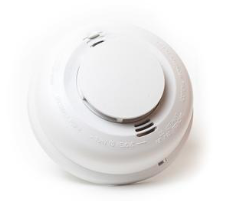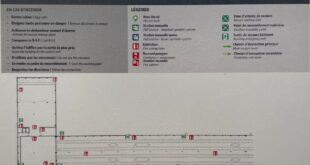
Fire detectors are essential components in fire prevention systems. They send alarms by detecting smoke, heat. or when detecting a sudden increasing in heat or CO2
In this article, I will show you the kinds of fire detectors and how they work.
The fire alarm system is a system dedicated to fire supervision. It is often subject to specific legislation. Because it is about the lives of the occupants. These laws can be specific to each country or each city. Often large buildings must have a fire system.
Anti-intrusion systems can integrate these components, when low allows it. So they can supervise fire zones and warn in case of fire. In this case, if the system is connected to the control panel. The latter immediately calls the fire brigade in the event of an alarm.
Smoke detectors
It is a device that captures the fumes of smoke in the air. It sends an alarm signal as soon as it detects smoke.
There are two kinds of smoke detectors: Optical detectors. They work by emitting a ray of light that reflects when smoke is present. And ionic detectors that emit current. The current voltage drops when there is smoke. Therefore the detector sends the alarm.
Heat detectors
It is a device that has a temperature sensor. When the heat of its environment exceeds 50 degrees it sends a signal to the panel to make an alarm.
There are two types of heat detectors. Fixed heat detectors: They send an alarm signal if the temperature reaches a certain degree. Heat rise rate detectors; these send an alarm if the temperature rises dramatically all at once.
CO2 detectors
CO2 detectors can also be classified in the category of fire erectors. Although the source of CO2 is not just fire.
CO2 detectors are sometimes required in schools to prevent asphyxiation.
Fire alarm inspections
All building owners are required by law to inspect their fire alarm system. It consists of testing all the equipment and make sure that every detector working as it is supposed to.
The main panel receives all signals and makes all sirens ring and the communicator sends the signal to the monitoring station as well if it monitored .
Related articles :
